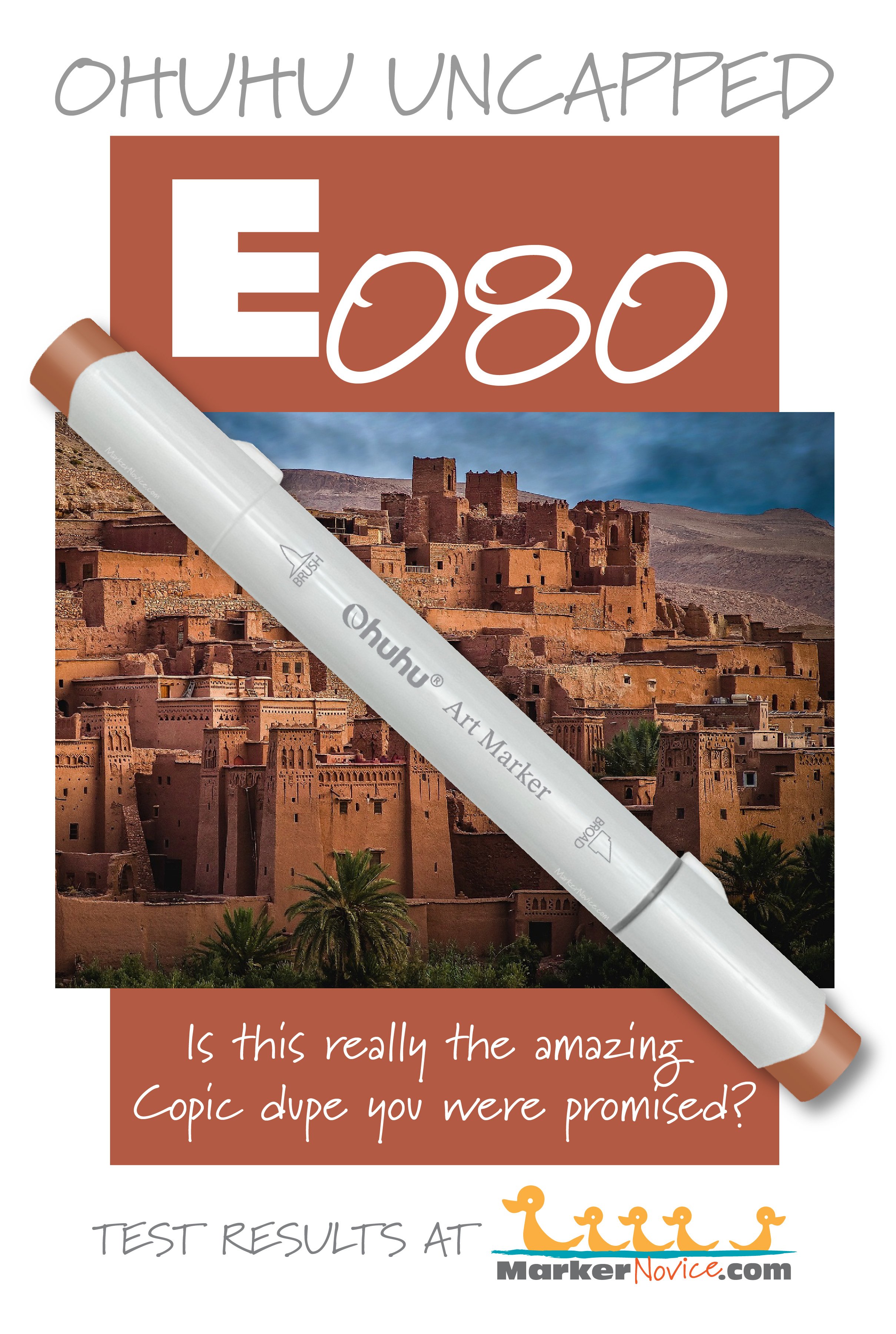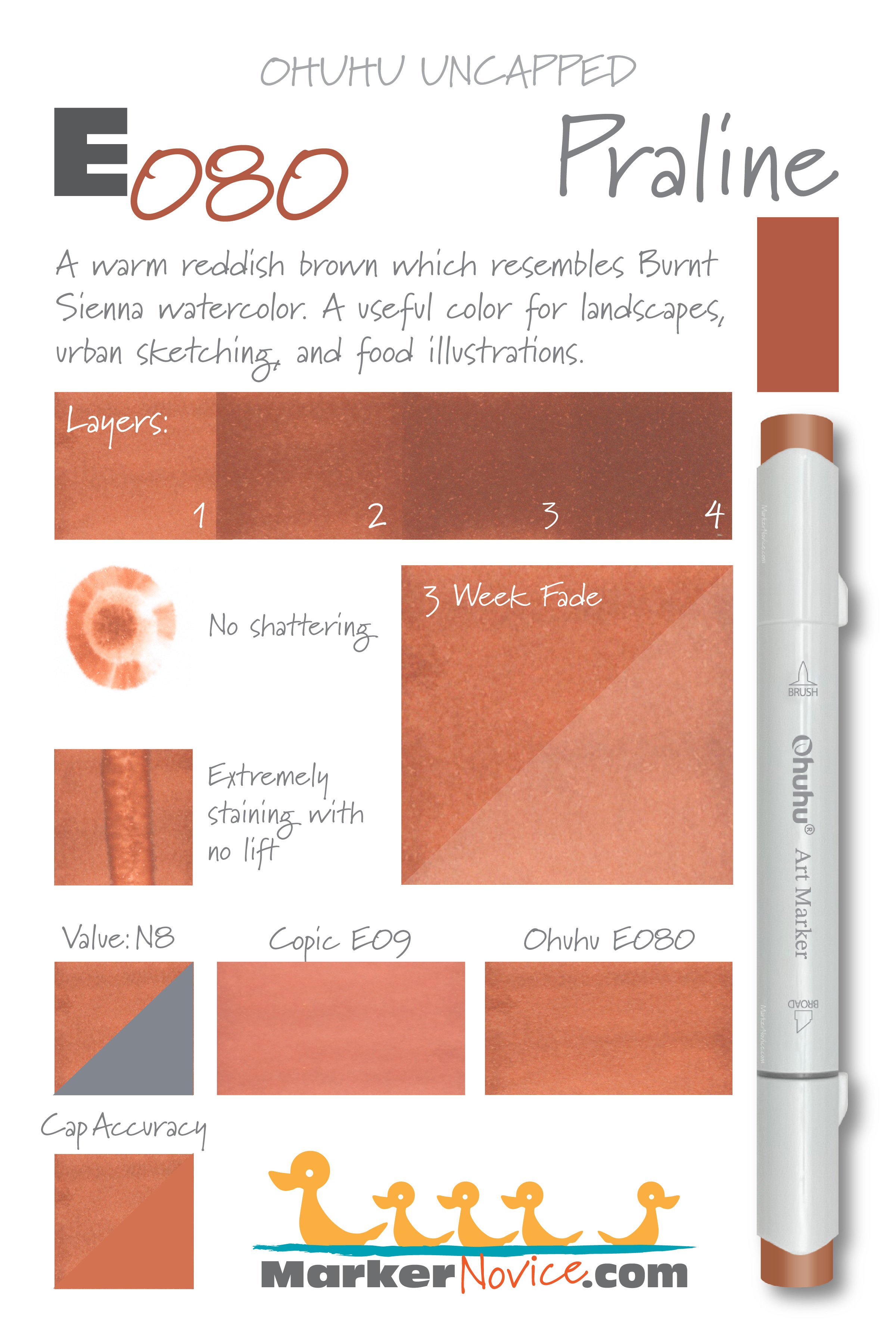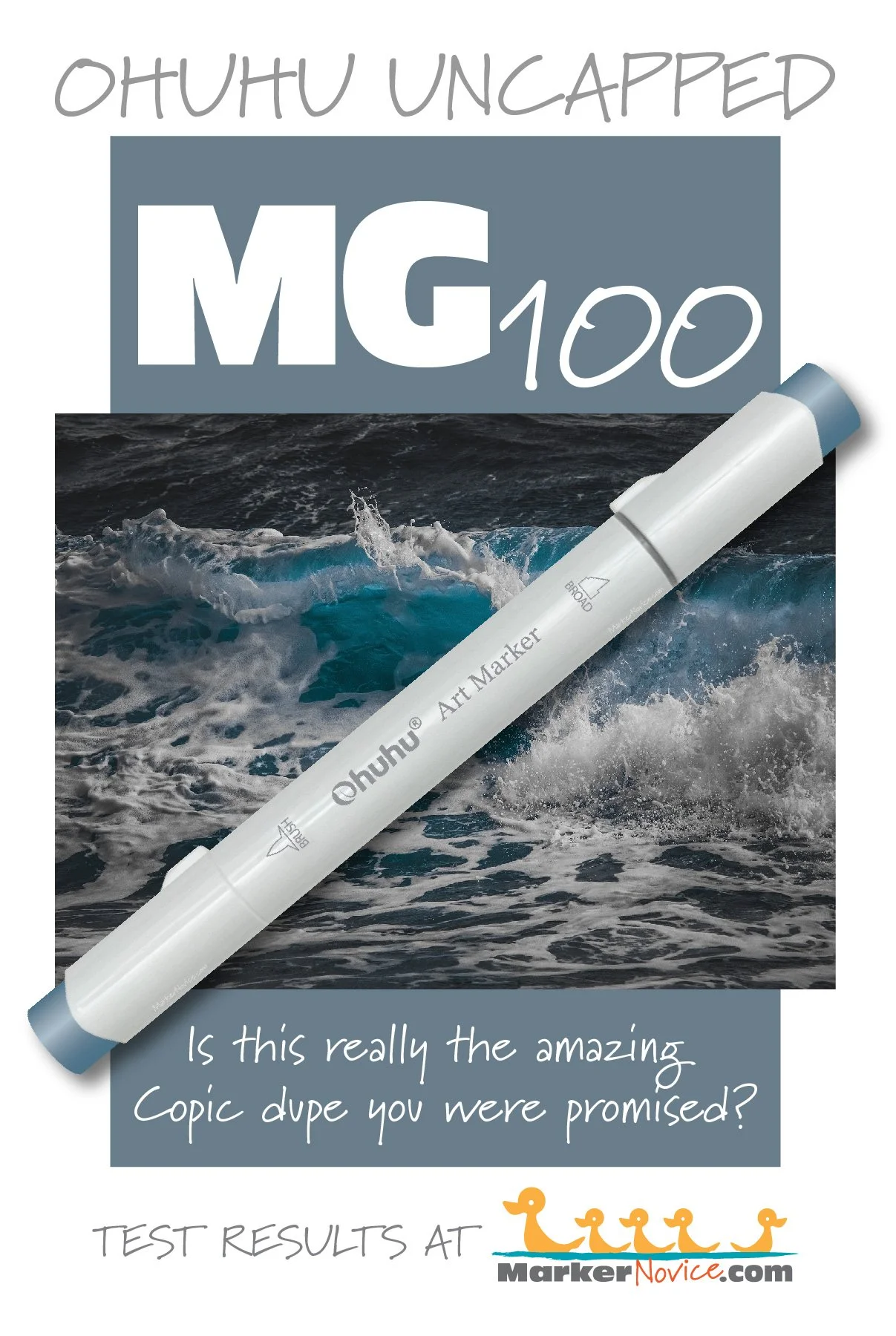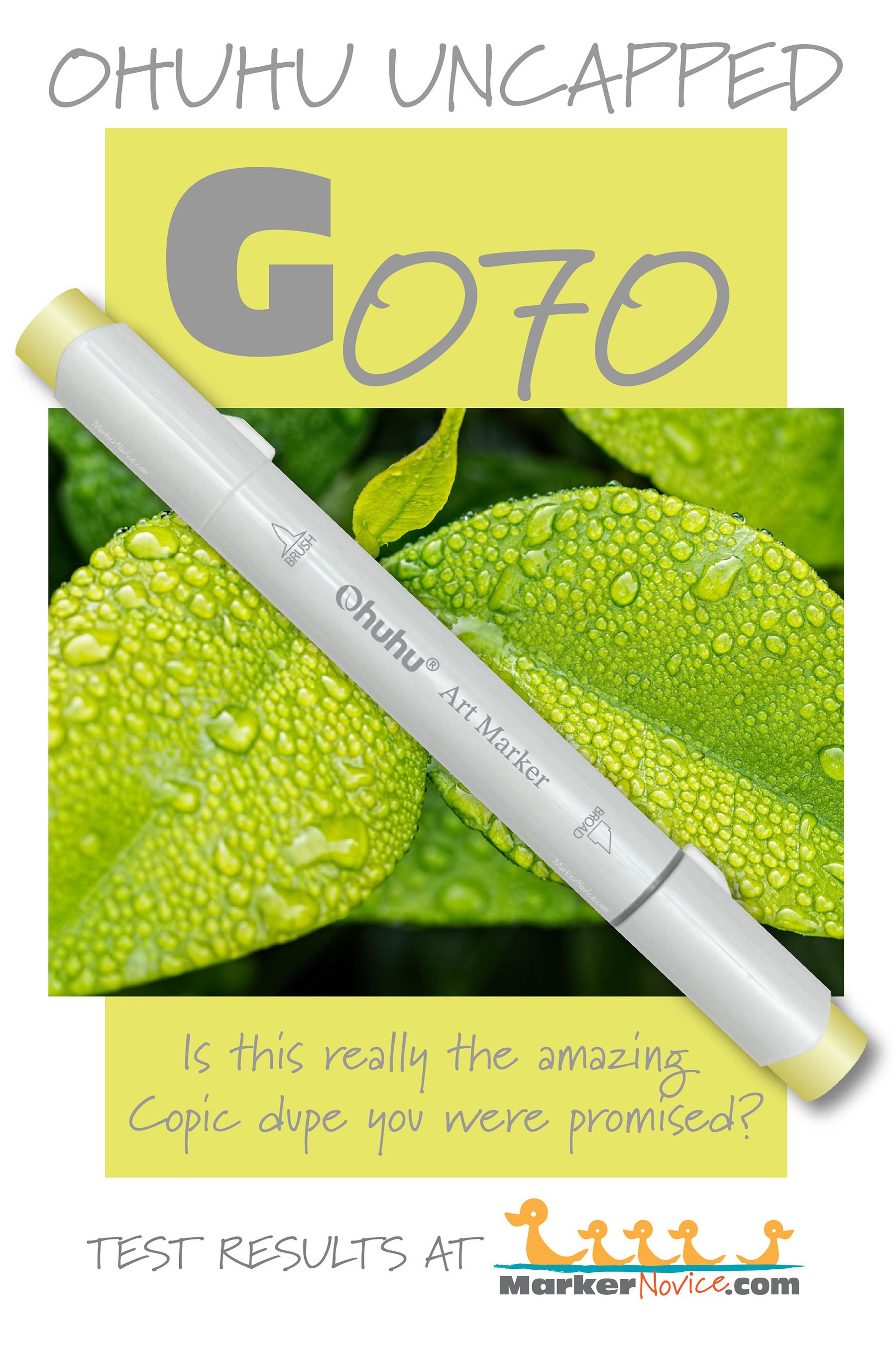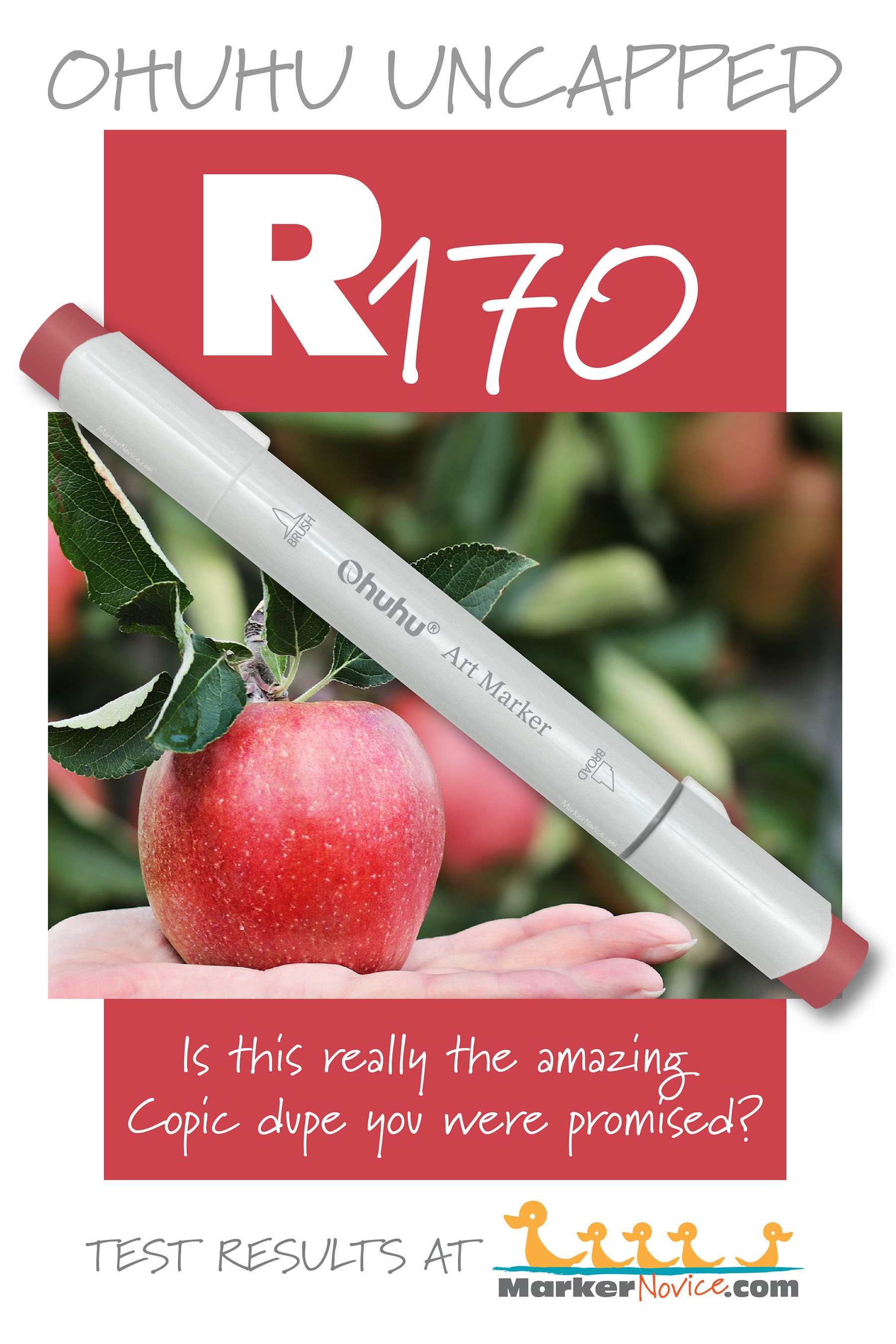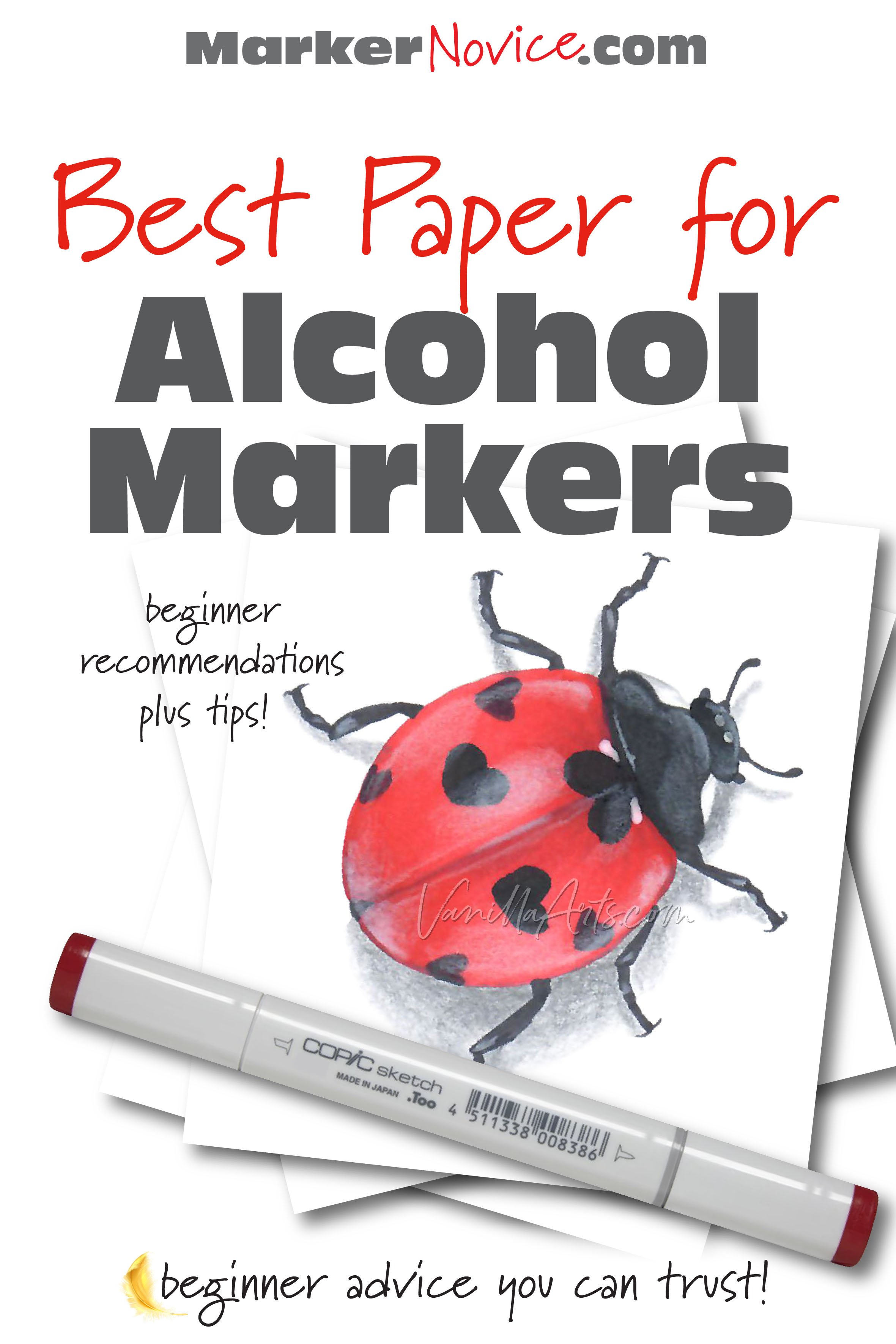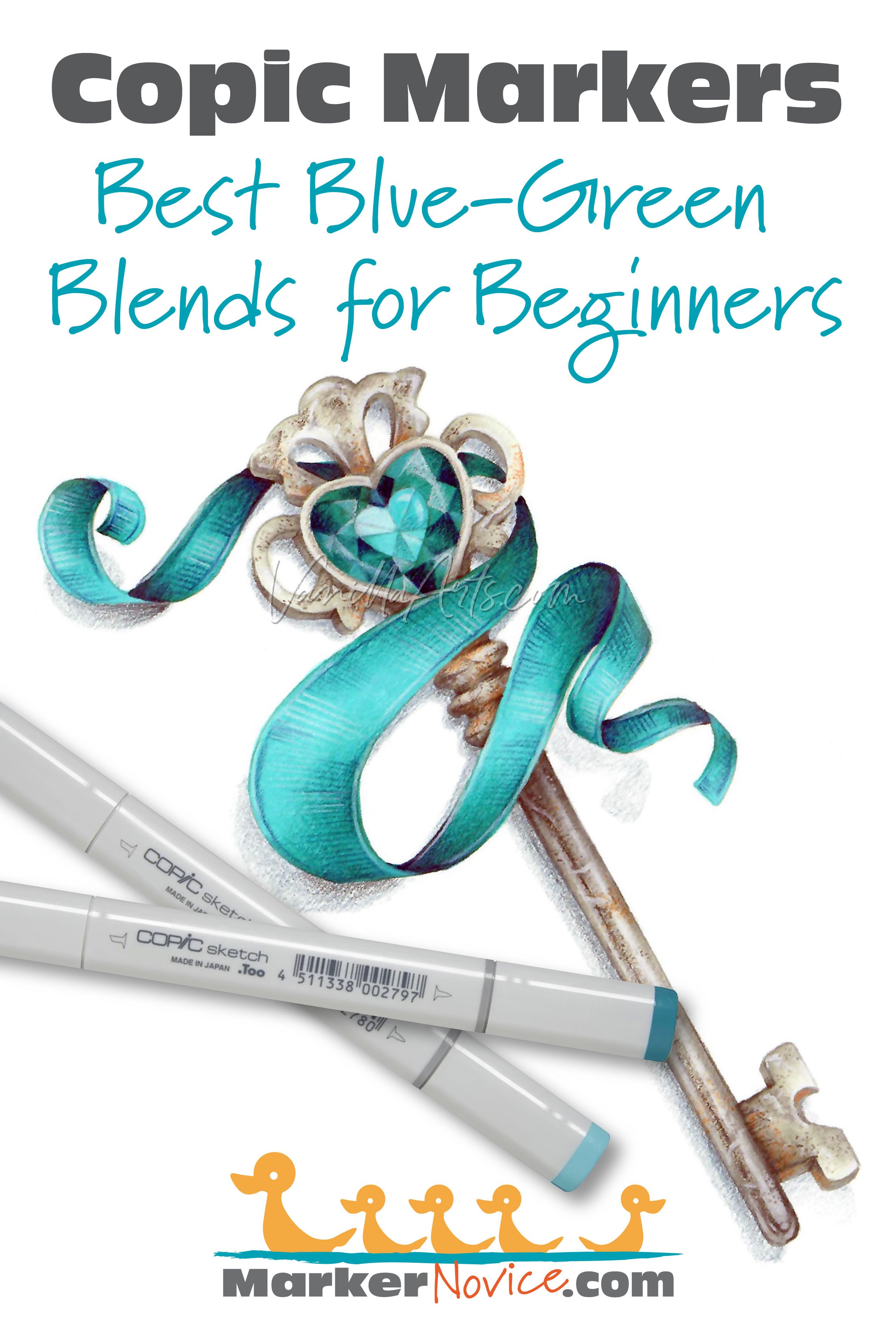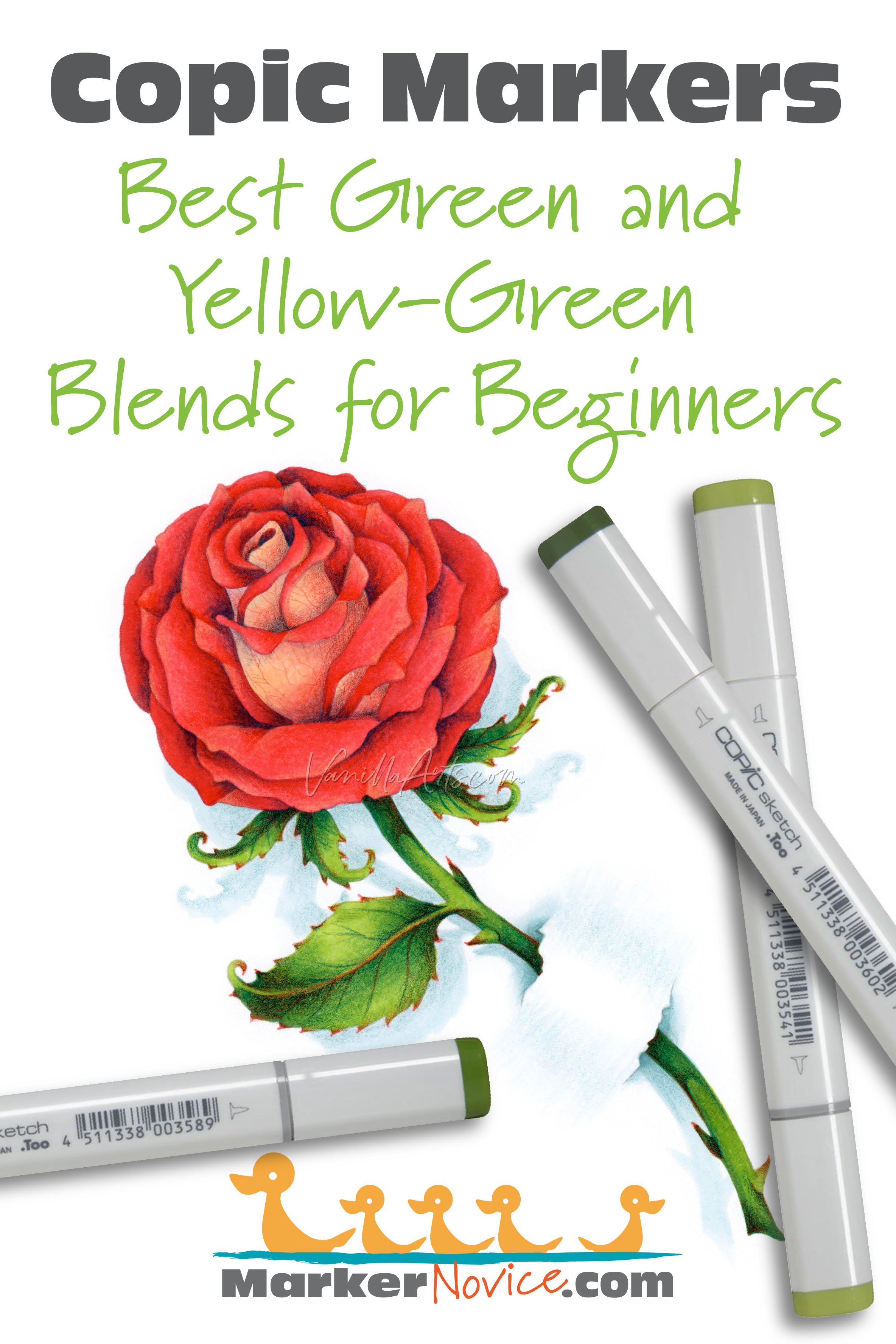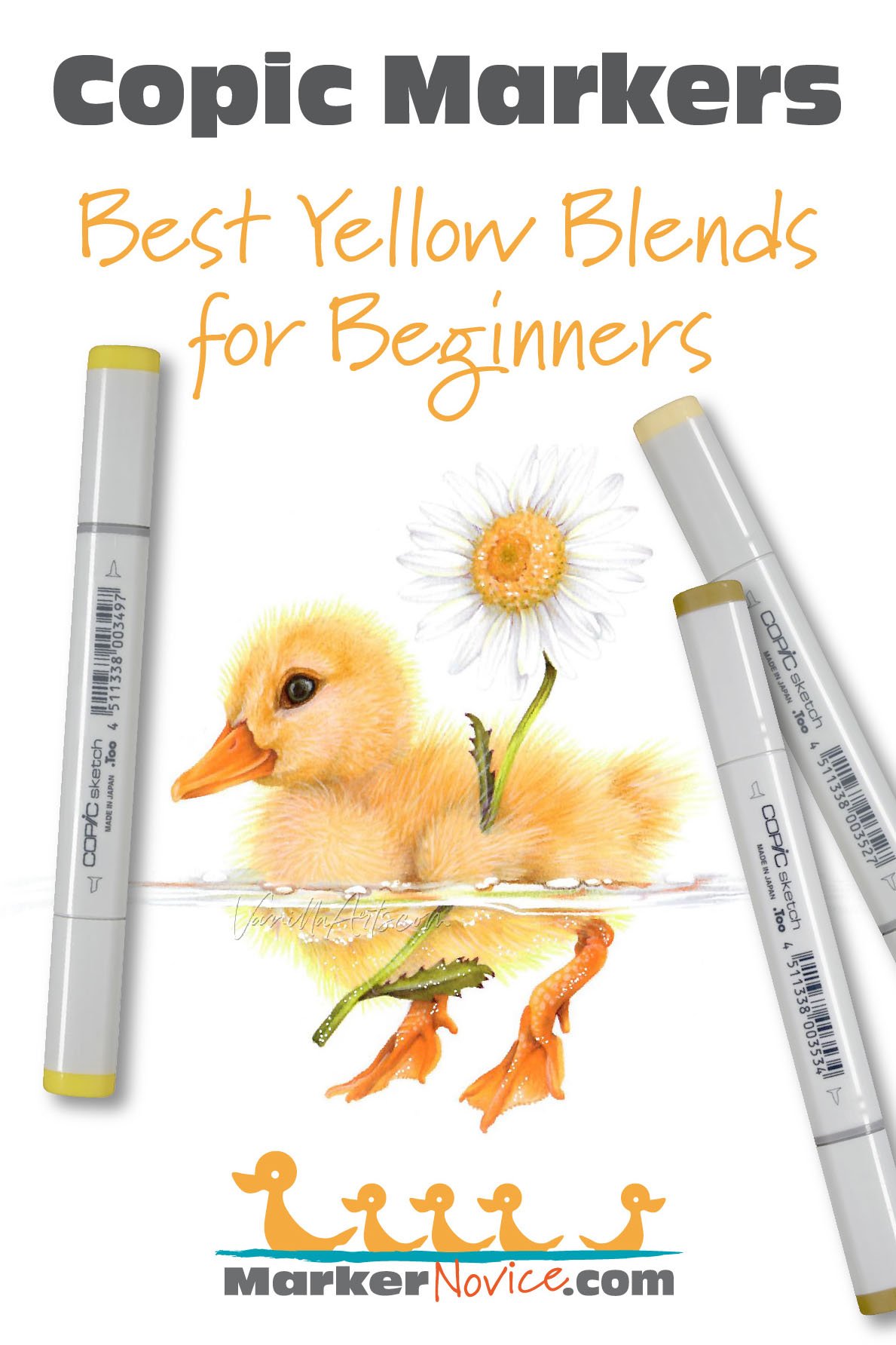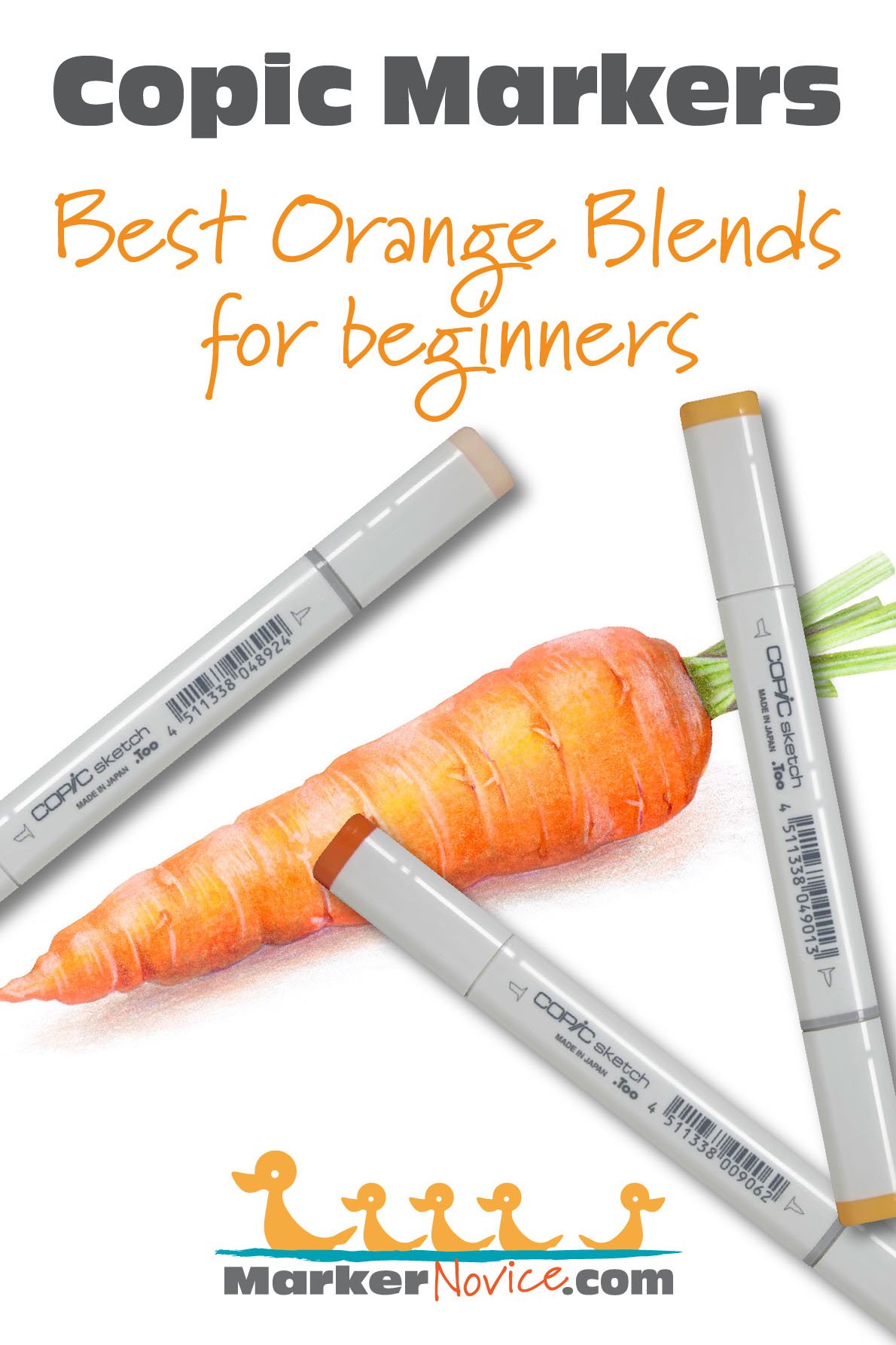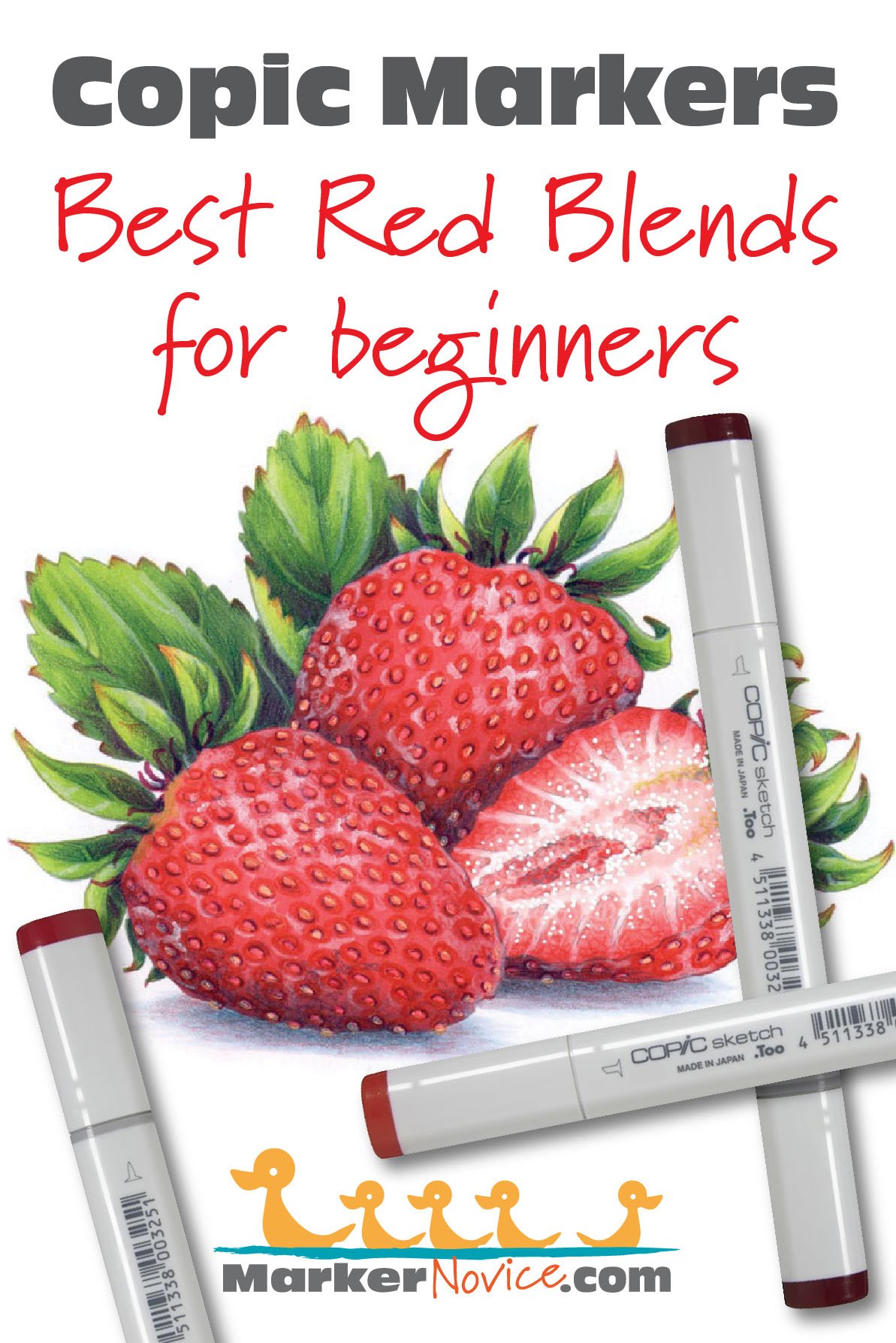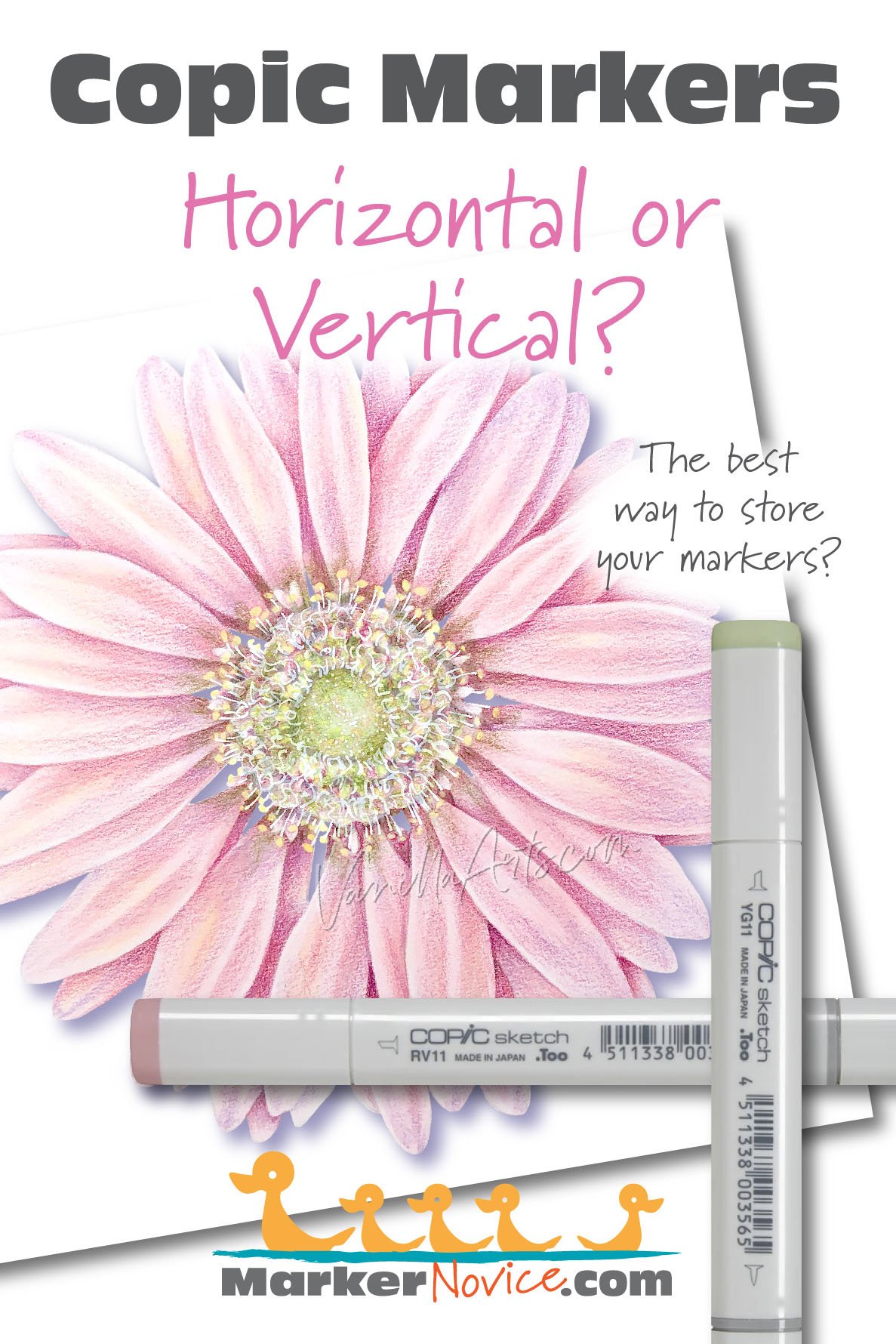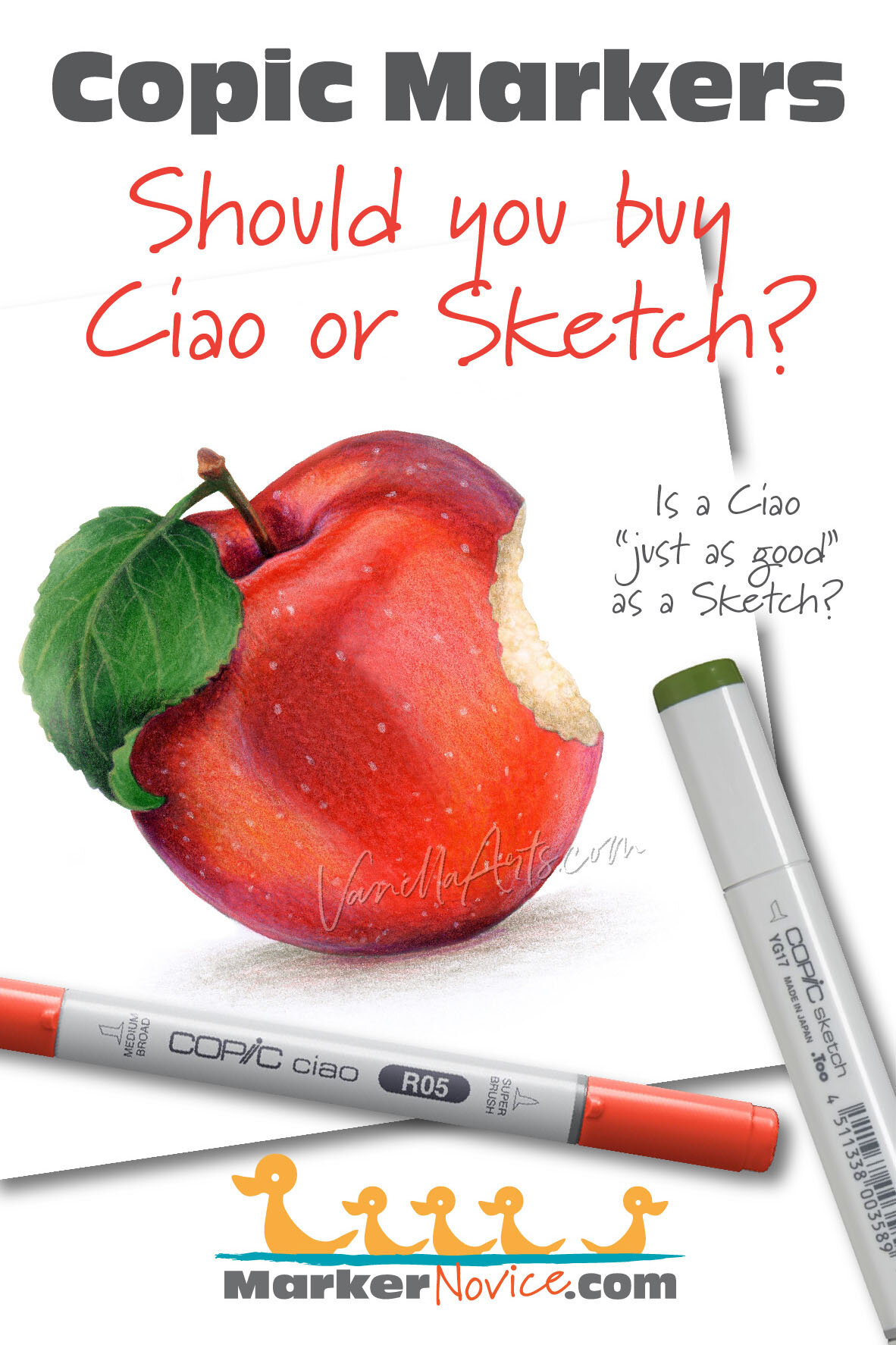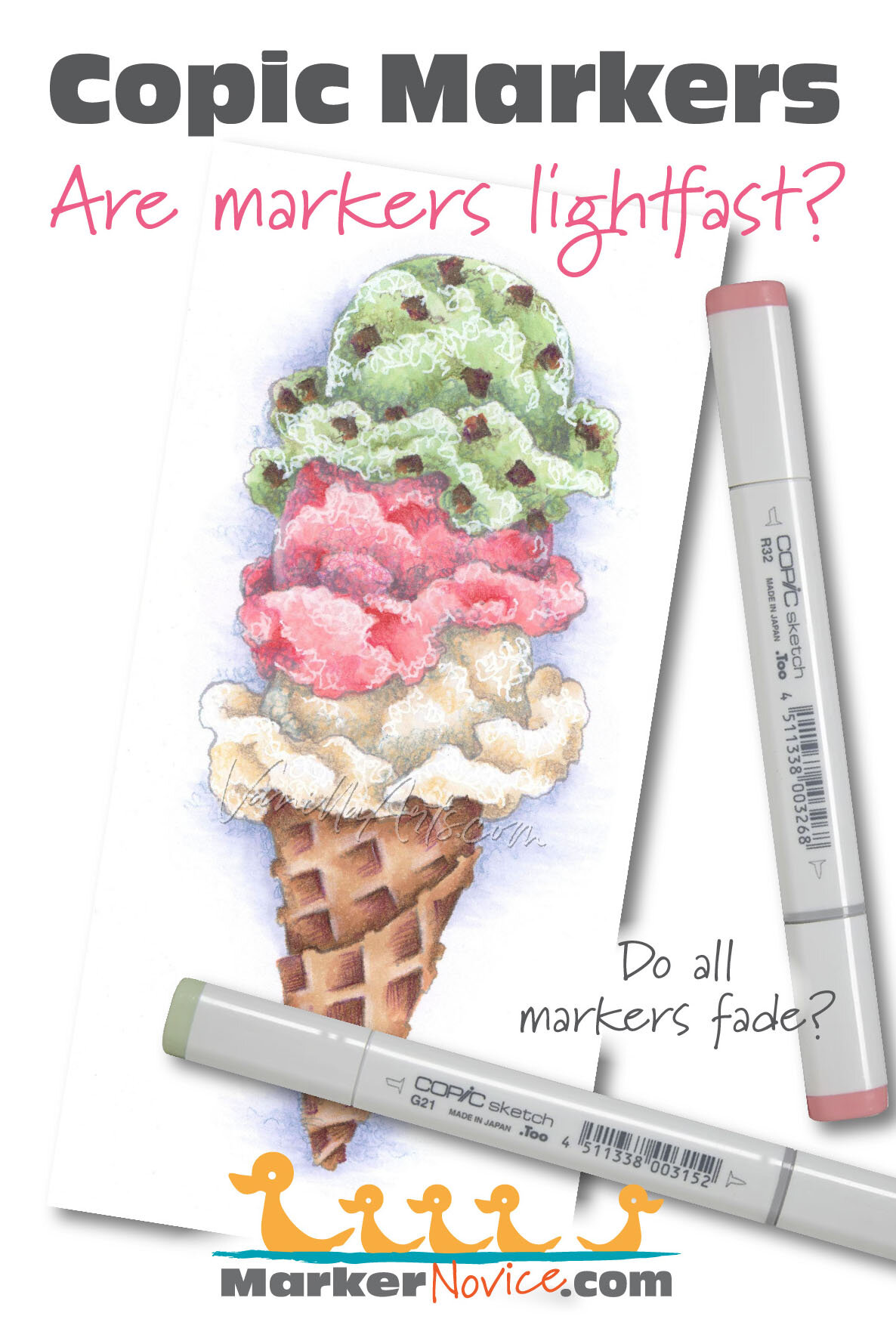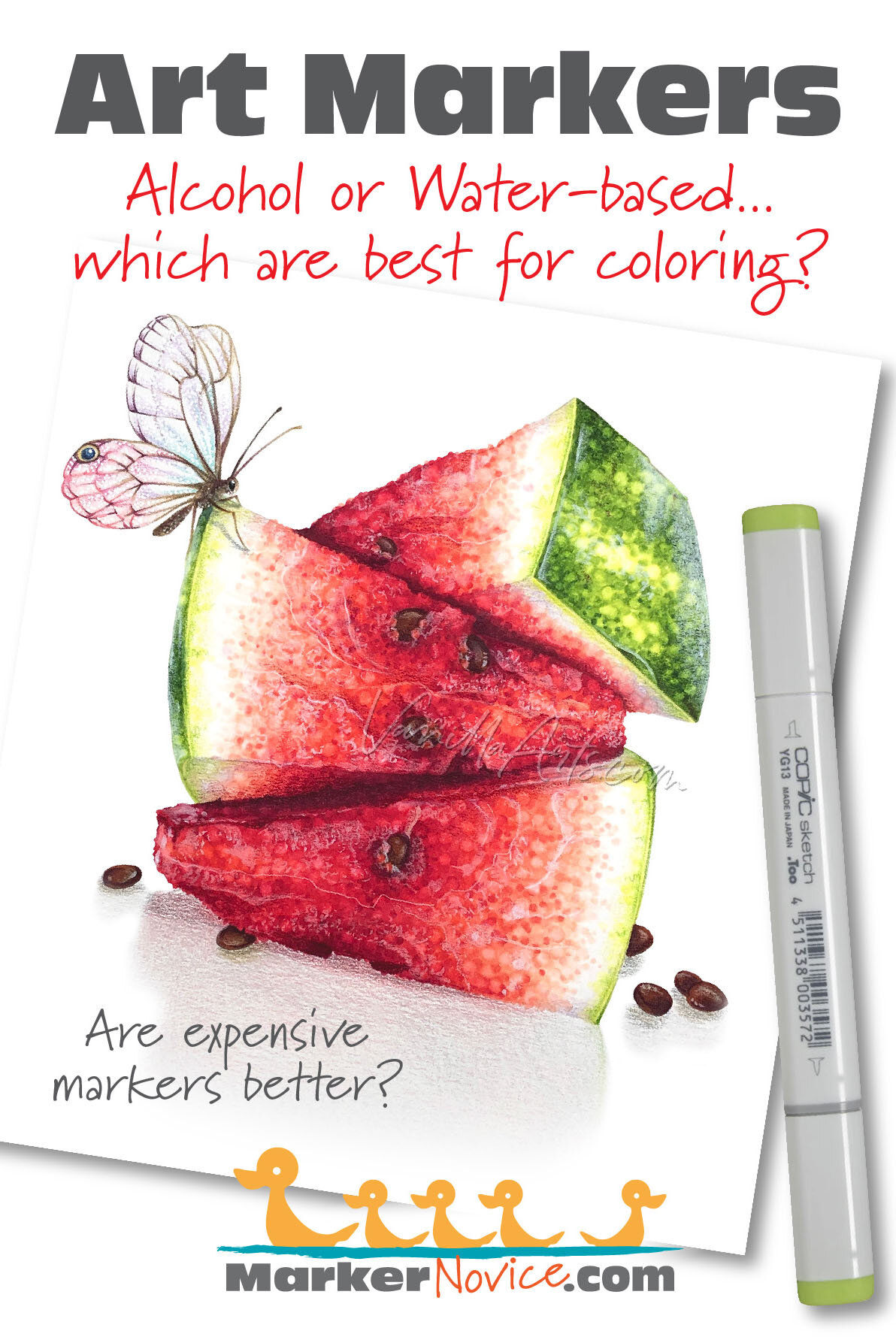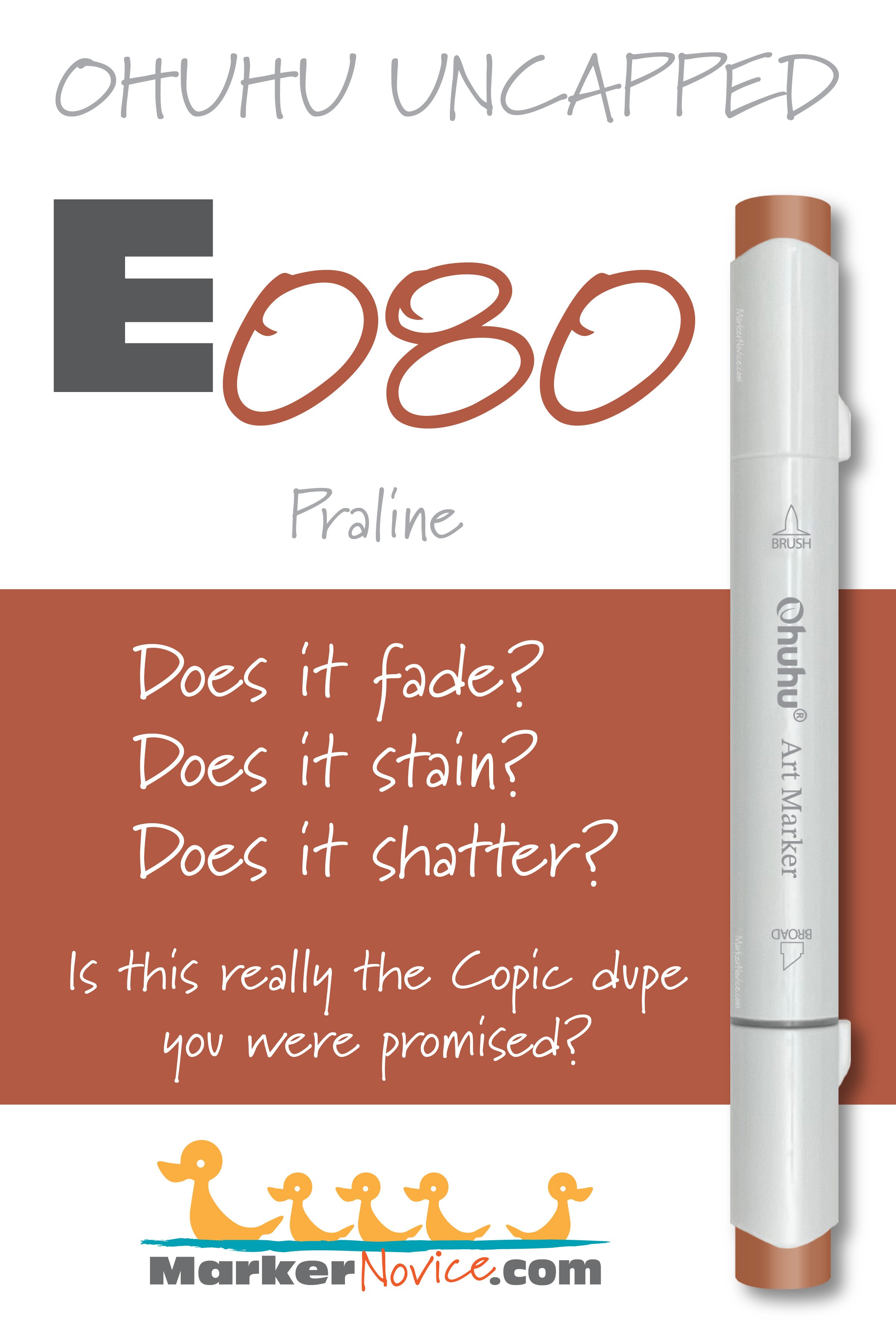You were told “Ohuhu is the Copic slayer! They’re like Copic Markers but better!”
Is it true?
Every Ohuhu Marker has different characteristics based upon its unique ink formula. No matter how great they say the marker is, test results do not lie.
So are Ohuhu markers as great as you’ve heard?
Let’s look at Ohuhu E080 to find out.
WARNING: Ohuhu markers have numbers on the cap but not on the body of the marker. We do not recommend coloring with both caps off due to the risk of accidentally placing the wrong caps on a marker.
Test results: Ohuhu E080 Praline
Note: The E080 marker which arrived in my new 320 set of Honolulu markers was underweight and pale. I had to borrow a second marker to perform these tests. Read more about the large number of dead, dying, and underweight markers I received in a full set of brand new markers here.
REFILL WARNING! At this time, Ohuhu does not sell refills for E080. To date, you must purchase a new marker when your current marker runs dry. See Ohuhu’s current list of refills here.
Temperature: A warm reddish brown
Resemblance: Burnt Sienna watercolor
Actual Value: N8
Unlike Copic, Ohuhu does not measure value— this is a glaring deficiency which makes finding blending combinations harder than it has to be!
All Copics are measured on a Neutral Gray value scale. The last number on the Copic cap indicates the value. We’re using the Copic scale to measure Ohuhu until Ohuhu releases a reliable value scale.
Cap Accuracy: The plastic on an Ohuhu Honolulu E080 marker is close to the color of one coat of this ink
Copic Substitution: Ohuhu E080 is a close match to Copic’s E09. Copic E09 has a noticeable pinkness where E080 is more brown but the difference is subtle. They are not the same ink, as demonstrated by the fact that Copic E09 did not fade at all during testing.
Note: similar colors rarely behave the same way. From experience I can tell you that E09 layers really well with no sign of oiliness while Ohuhu E080 looks wet and over-inked with the second layer. See Copic E09 test results here.
Buildup: E080 reaches a maximum value at about 2 coats.
Overinking: I do not recommend using more than 2 coats of E080. Most Ohuhu markers layer better than this color which quickly looks oily.
Shattering: E080 did not shatter meaning that it’s a single ink recipe.
Chromatography testing shows this ink’s behavior when it comes in contact with #0 Colorless Blender (solvent). High shattering colors may leak unexpected color when you make corrections or attempt to blend with any color that has a high solvent to colorant ratio. Shattering is not bad, it’s just something to be aware of.
Staining: E080 is an intensely staining color. Many dark markers and many brown markers are staining but I can tell from the staining test here that this marker will be a challenge to blend since the ink doesn’t want to budge from the paper.
With alcohol markers, a staining ink is generally a sign of a low quality ink. Staining inks bond to the paper fibers and are reluctant to release. Staining inks make blending harder than it has to be!
Lift: E080 barely lifted from the paper. I do not expect this marker will be easy to correct with colorless blender. My advice is to camouflage mistakes rather than trying to lift them with colorless blender.
See staining swatch. Sample was given 6 stripes of #0 Colorless Blender, drying between each stripe. Results indicate how much lifting you can expect.
Lightfast: E080 faded by about 20 during the test period. This is is about the average fade for Copic Markers too. Note that Copic E09, a similar color did not fade at all. If you have a mixed collection, I would recommend using E09 rather than E080.
Samples were swatched on X-Press It Blending Card. 1 layer of ink was exposed to windowsill sunlight for 21 days. Approximately 10 hours of sun per day based on weather conditions. Note: we do not recommend displaying original marker art under these conditions.
Ink Color Family: Ohuhu brown markers are spread through E, BR, Y, YR, and R families. There doesn’t seem to be any reason why this brown is an E and not any other letters and I don’t see a pattern or shared characteristics in the Es.
The Ohuhu numbering system is complete garbage and doesn’t make sense. This is one reason why I’m concerned about beginners learning to color with Ohuhu markers. Logical marker numbers make learning easier, Ohuhu seems determined to make learning harder.
Cap Numbering: E markers have 3 digit numbers staring with 0, 1, 2, 3, and 4. I don’t see relationships with everything starting with 2 etc.
As stated above, the Ohuhu numbering system makes no sense. The markers are not arranged in chromatic order so you can not trust the numbers to tell you whether this marker is lighter or darker than other Ohuhu markers with similar numbers.
I’m still early in the Ohuhu testing process. I will add more info to this article as I learn more and when I spot behavioral patterns.
From what I’ve learned so far, I will not be working with Ohuhu markers and I will discourage students from using them in my classes. They’re simply not worth the frustration.
Learn about E080 Praline, a red brown Ohuhu Marker. We swatch and test Ohuhu colors- layering, staining, lift, value, lightfastness, saturation, and cap accuracy. | MarkerNovice.com | How to color with alcohol markers

